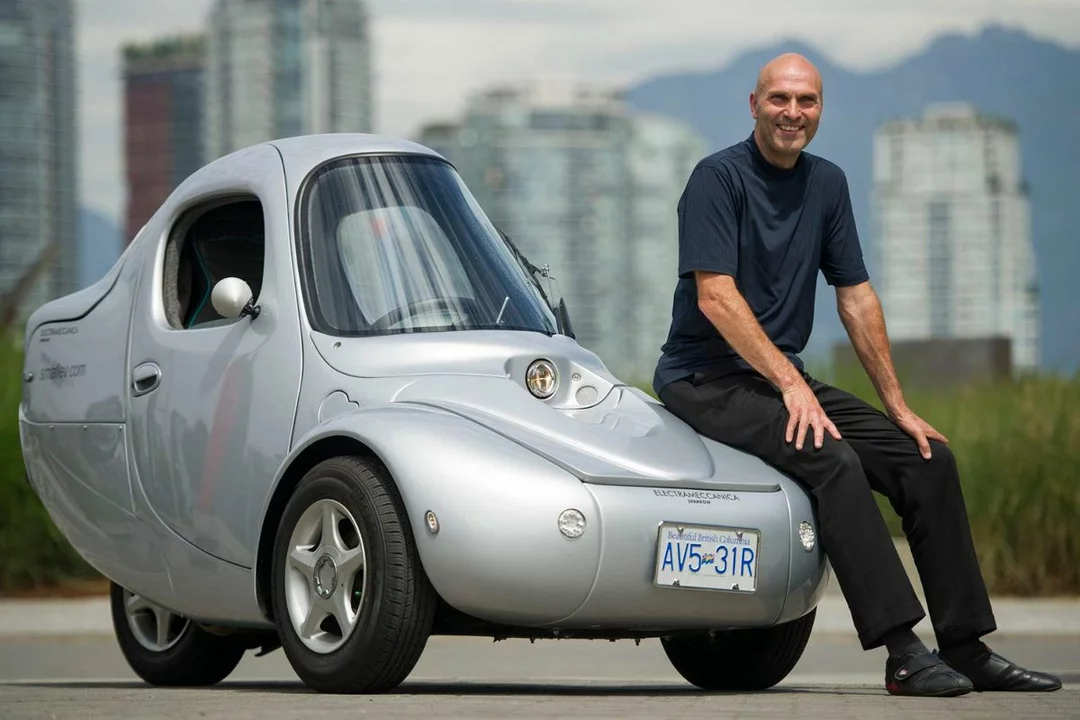Automotive Design and Aesthetics
Ever wonder why some cars make you stare while others just pass by unnoticed? The answer lies in automotive design and aesthetics – the blend of form, function, and emotion that turns a metal box into a statement. In this guide we’ll break down the key ideas that shape a car’s look, why they matter to drivers, and how design choices can affect performance.
What Makes a Car Look Good?
First off, a good look starts with proportion. When the roof, windows, and bumper line up nicely, the car feels balanced. Think of classic sports cars: short hoods, long tails, and a low stance. These ratios scream speed even when the engine is idle.
Next up is surface treatment. Smooth curves, sharp edges, or a mix of both give a car its personality. A sleek curve can suggest elegance, while a sharp edge may hint at aggression. Designers often play with light – a well‑placed crease catches shadows and adds depth.
Color is another simple yet powerful tool. Bright reds and oranges grab attention; muted silvers and blacks project sophistication. The right paint finish – matte, metallic, or pearl – can change the whole vibe.
Brand identity ties everything together. When you see a Porsche, you expect a certain silhouette. That expectation helps the brand stay recognizable, even as models evolve.
Design Choices That Influence Performance
Looks aren’t just skin deep. Aerodynamics, weight distribution, and interior layout all feed back into how a car drives. A low roof and a smooth underbody cut drag, which translates to better fuel economy and higher top speed.
Take Porsche’s larger models as an example. Some fans call the Panamera “ugly” compared to the 911. That perception often comes from the longer wheelbase and bigger cabin, which can look less sleek. But the extra space lets engineers fit a bigger engine and more comfort features without sacrificing the brand’s performance DNA. In short, the design may look less “pure” but it serves a purpose.
Inside the car, ergonomics matter just as much as exterior style. Seats positioned for optimal weight transfer improve handling. A driver‑focused cockpit reduces distraction and lets you react faster on the track.
Finally, materials play a role. Carbon‑fiber panels keep weight down while looking high‑tech. Aluminum doors might not shimmer like chrome, but they add strength without bulk.
So, when you next admire a car, ask yourself: is the beauty coming from pure form, or is it a clever compromise between looks and performance? Understanding this balance helps you appreciate why a car looks the way it does and what it can do on the road.
Whether you’re a casual fan or a hardcore gearhead, keeping an eye on proportion, surface, color, brand cues, and performance trade‑offs will make you a sharper observer of automotive design. Next time you walk past a showroom, you’ll spot the hidden reasons behind every curve and line – and that’s the real thrill of car aesthetics.
